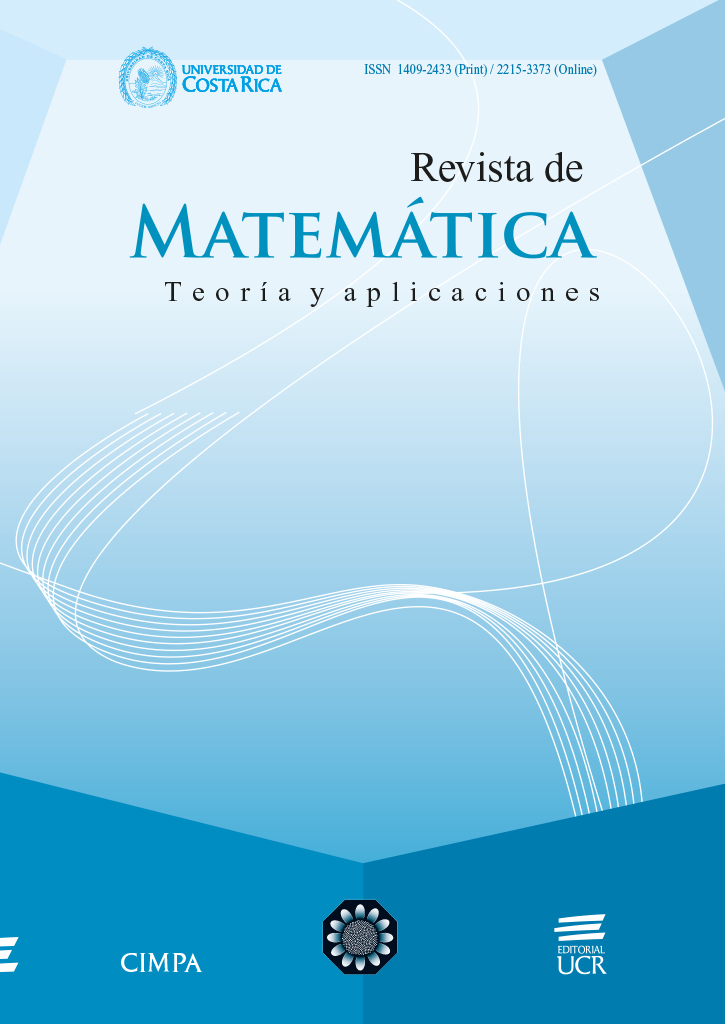Abstract
Shannon’s sampling theorem is one of the most important results of modern signal theory. It describes the reconstruction of any band-limited signal from a finite number of its samples. On the other hand, although less well known, there is the discrete sampling theorem, proved by Cooley while he was working on the development of an algorithm to speed up the calculations of the discrete Fourier transform. Cooley showed that a sampled signal can be resampled by selecting a smaller number of samples, which reduces computational cost. Then it is possible to reconstruct the original sampled signal using a reverse process. In principle, the two theorems are not related. However, in this paper we will show that in the context of Non Standard Mathematical Analysis (NSA) and Hyperreal Numerical System R, the two theorems are equivalent. The difference between them becomes a matter of scale. With the scale changes that the hyperreal number system allows, the discrete variables and functions become continuous, and Shannon’s sampling theorem emerges from the discrete sampling theorem.
References
O.E. Brigham, The Fast Fourier Transform and Its Applications, Prentice Hall, Englewood Cliffs NJ, 1988. http://sar.kangwon.ac.kr/gisg/FFT_book.pdf
W. Cooley, P.A.W. Lewis, P. D.Welch, The Finite Fourier Transform, IEEE Transactions on Audio and Electroacoustics 12(1969), no. 1, 27–34. Doi: 10.1109/TE.1969.4320436
H.V. Dannon, Infinitesimals, Gauge Institute Journal 6(2010), no. 4, 1–34. http://www.gauge institute.org/Infinitesimal/infinitesimals.pdf
H.V. Dannon, Infinitesimals Calculus, Gauge Institute Journal 7(2011), no. 4, 1–57. http://www.gauge institute.org/Infinitesimal/infinitesimalCalculus.pdf
K. George-González, El cálculo discreto infinitesimal y la didáctica de la transformada de Fourier. Ph.D. Thesis, Centro de Investigación y de Estudios Avanzados del IPN, Ciudad de México, 1998.
K. George-González, Cálculo con Infinitesimales, Editorial Universidad del Magdalena, Santa Marta, Colombia, 2001.
K. George-González, Conversión del dominio discreto en dominio continuo: Otro enfoque de aprendizaje, Revista Escenarios 15(2017), no. 1, 160–168. Doi: 10.15665/esc.v15i1.1172
S. Haykin, Communication Systems, John Wiley and Sons, New York NY, 2001. J.M. Henle, E.M. Kleinberg, Infinitesimal Calculus, Dover Publications, New York NY, 1979.
B.B. Hubbard, The World According to Wavelets. The Story of a Mathematical Technique in the Making, A.K. Peters, Natick MA, 1998.
A.J. Jerri, The Shannon sampling theorem-its various extensions and applications: A tutorial review, Proceedings of the IEEE 65(1977), no. 11, 1565–1596. Doi: 10.1109/PROC.1977.10771
J.M. López, Cálculo de infinitésimos, Departamento de Matemáticas – Universidad de Puerto Rico, Puerto Rico, 2014.
W.A.J. Luxemburg, Infinitesimal Calculus, Dover Publications, New York NY, 1962.
E. Margolis, Y.C. Eldar, Nonuniform Sampling of Periodic Bandlimited Signals, IEEE Transactions on Signal Processing 56(2008), no. 7, 2728–2745. Doi: 10.1109/TSP.2008.917416
G. Meinsma, L. Mirkin, Sampling from a system theoretic viewpoint: Part I–Concepts and tools, IEEE Transactions On Signal Processing 58(2010), no. 7, 3578–3590. Doi: 10.1109/TSP.2010.2047641
G. Meinsma, L. Mirkin, Sampling from a system theoretic viewpoint: Part II–Noncausal solutions, IEEE Transactions On Signal Processing 58(2010), no. 7, 3591–3606. Doi: 10.1109/TSP.2010.2047642
H. Nyquist, Certain topics in telegraph transmission theory, Transactions of the American Institute of Electrical Engineers, 47(1928), no. 2, 617–644. Doi: 10.1109/T-AIEE.1928.5055024
J.G. Proakis, D.G. Manolakis, Digital Signal Processing: Principles, Algorithms and Applications, Prentice Hall, New York, 1995. https://engineering.purdue.edu/~ee538/DSP_Text_3rdEdition.pdf
A. Robinson, Non-Standard Analysis, Princeton University Press, Princeton NJ, 1996.
C. E. Shannon, Communication in the presence of noise, Proceedings of the Institute of Radio Engeneers 37(1949), no. 1, 10–21. Doi: 10.1109/JRPROC.1949.232969
J.L. Simancas-García, K. George-González, Signals and Linear Systems: A Novel Approach Based on Infinitesimal Calculus (Part I), IEEE Latin America Transactions 18(2020), no. 11, 1953–1965. Doi: 10.1109/ TLA.2020.9398637
Comments

This work is licensed under a Creative Commons Attribution-NonCommercial-ShareAlike 4.0 International License.
Copyright (c) 2021 Revista de Matemática: Teoría y Aplicaciones





